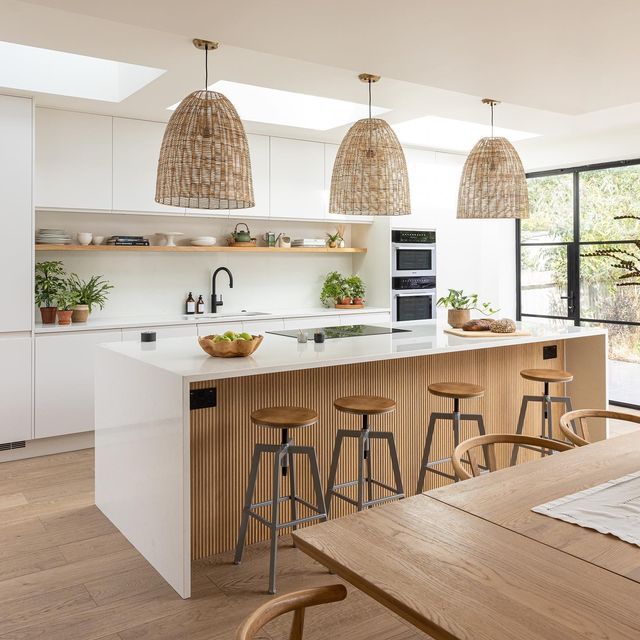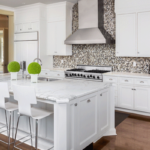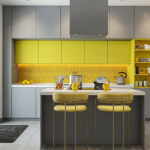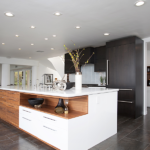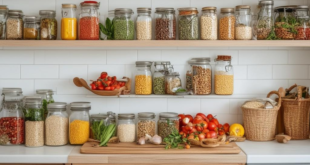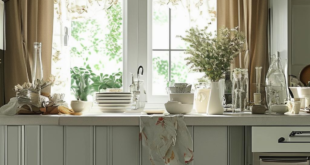Kitchen islands have become a popular feature in modern kitchen design, providing both functionality and style to the heart of the home. These versatile pieces of furniture can serve multiple purposes, from providing extra counter space for meal prep to creating a casual dining area for family and guests. When it comes to designing a kitchen island, there are a few key factors to consider to ensure that it fits seamlessly into your space and enhances the overall look and feel of your kitchen.
One of the most important considerations when designing a kitchen island is its size and shape. The size of your island should be proportionate to the size of your kitchen and the amount of available space. It should not overwhelm the room or obstruct the flow of traffic. A good rule of thumb is to leave at least 36 inches of clearance on all sides of the island to ensure that there is enough room to move around comfortably.
The shape of your kitchen island will depend on your specific needs and preferences. Rectangular islands are a popular choice as they provide ample counter space and can easily accommodate seating on one or more sides. L-shaped islands are another option that can offer additional storage and work space, while circular islands can create a more intimate and inviting atmosphere.
In terms of materials, there are endless options to choose from when it comes to designing a kitchen island. Wood is a classic choice that adds warmth and natural beauty to the space, while stainless steel or stone can provide a sleek and modern look. Consider mixing materials to create a unique and dynamic island design that complements the rest of your kitchen decor.
When it comes to functionality, think about how you plan to use your kitchen island on a daily basis. If you love to cook and entertain, consider incorporating a cooktop, sink, or wine fridge into your island design. For those who prefer a more casual dining experience, adding bar stools or chairs to one side of the island can create a cozy breakfast nook or gathering spot for family and friends.
Finally, don’t forget about the finishing touches that can elevate the look of your kitchen island design. Adding decorative elements such as pendant lighting, decorative corbels, or a statement backsplash can help to tie the island into the overall design of your kitchen and create a cohesive and harmonious space.
In conclusion, a well-designed kitchen island can not only improve the functionality of your kitchen but also enhance its aesthetic appeal. By carefully considering factors such as size, shape, materials, and functionality, you can create a kitchen island that is both stylish and practical, making it the perfect focal point for your culinary adventures.
 Decorationg Interior Design
Decorationg Interior Design
